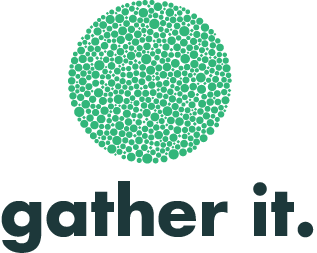Types of questions
Using the right questions is key in producing effective qualitative and quantitative data.
Here is a quick overview of the six different survey question types, with a few examples for each:
Open-ended questions
Closed-ended questions
Nominal questions
Likert scale questions
Rating scale (or ordinal) questions
'Yes' or 'no' questions
- Open-ended questions give your respondents the freedom to answer in their own words, instead of limiting their response to a set of pre-selected choices (such as multiple-choice answers, yes/no answers, 0-10 ratings, etc.).
eg. free text, Date, Time, Number, Percent
This type of question is very effective in allowing you to look at qualatitive data and in producing reports such as Word Clouds. Multiple Choice / Closed-end questions limit a user’s response options to a set of pre-selected choices. This category of questions includes:
Nominal questions
Likert scale questions
Rating scale questions
‘Yes’ or ‘no’ questions
This type of question is very effective in generating quantative reports as the questions can be weighted from 0-100 (with 100 being the best answer and 0 being the worst answer).
- A nominal question is a type of survey question that presents people with multiple answer choices; the answers are non-numerical in nature and don't overlap (unless you include an ‘all of the above’ option).
- The Likert scale is typically a 5- or 7- point scale that evaluates a respondent’s level of agreement with a statement or the intensity of their reaction towards something. eg. 1 being strongly agree through to 5 being strongly disagree
-Rating scale questions are questions where the answers map onto a numeric scale (such as rating customer support on a scale of 1-5, or likelihood to recommend a product from 0 to 10).
eg. How likely are you to recommend us to a friend or colleague on a scale of 0-10? (Friends and family test/ Staff, friends and family test)
- ‘Yes’ or ‘no’ questions are questions when the answer is limited to "yes" "no" or N/A.Information Only - choose the "Information Only" option if you would like to include a heading/ heading with a block of text to provide guidance on next steps
